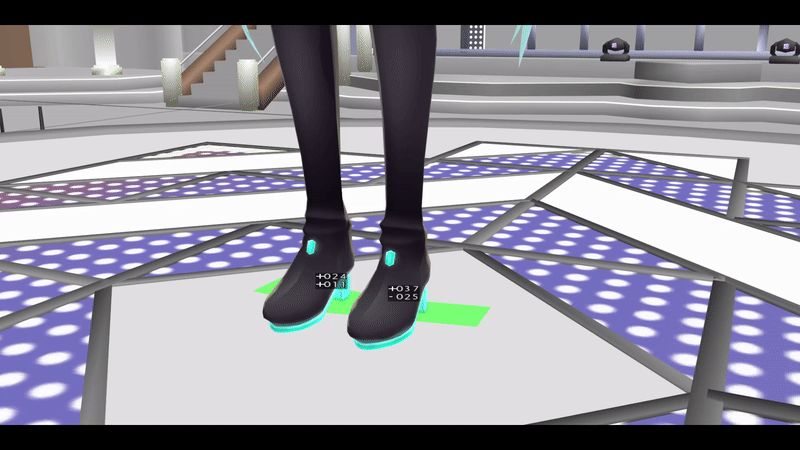
Hide a model from AL_EmitterRT and AutoLuminous will no longer know that model exists, and so it will stop glowing. Most accessory-based effects load new render targets. (And, importantly but very technically, that model isn’t even writing to the depth stencil buffer, which the renderer uses to make sure that things in front get drawn instead of things in back.) When Working Floor looks at the render target to decide what to draw, it doesn’t see that model. Do you see the model’s reflection disappear? It’s no longer being sent to that renderer. For example, try unchecking a row in your WorkingFloorRT tab.

The important thing to understand is that you can modify the shaders and display options for these extra render targets the exact same way that you can modify the shaders and display options for the main render target. Unsurprisingly, it looks at WorkingFloorRT to figure out what to draw. WorkingFloor.fx looks at an off-screen render target to decide what to draw. When it comes time to render to the main screen, MME is going to use the new shader loaded onto WorkingFloor.x to draw that model (which is just a plane that you can open up in PMXE if you want). Do you see that there’s a new tab titled WorkingFloorRT? RT is for render target, and this new tab is a new, off-screen image to which MME is going to render, using different shaders and different models. Now, open up your effect mapping panel again. If you haven’t loaded any other effects, there won’t be any other tabs, so OK out of the screen to apply your changes, then try loading an accessory-based effect. What MME is saying is that it’s going to render these models, using the shaders specified, to the main render target. Notice how all of these options are listed in a tab titled Main? That’s important. By right clicking on a row and selecting Subset-Extract, you can break a model up into its component materials, allowing you to set a different effect for each material, or to hide individual elements. Or, you can hide a model by clicking a row’s checkbox. You can set effects for any of them by right clicking on a row and selecting Set Effect (and then, of course, navigating to and selecting the effect you want in the following dialog). From here, you should see all of your loaded models. Hopefully, you’ve done this a million times, but in case you haven’t….Ī window titled Map Effect File pops up. Open up MMD and click on the MME button in the upper right corner of your screen. Understanding some of that can help you render the exact scene you want, and it’s a great way to learn more about shaders if you’re interested in modifying them or writing them from scratch. But, as with everything else, there’s a lot under the hood.

There are a lot of great effects than can breathe dramatic new life into your renders. Maybe you’ve had some time to play with MME effects for MMD.
#Working floor mme effect how to
© 2018 International Federation of Gynecology and Obstetrics.How can I use MME? How can I use effects for MMD? Can I hide MMD models from my mirror? Can I keep MMD models from casting shadows? How to edit effects for MMD? How to write new effects for MMD? Pelvic floor Pelvic floor muscle training Perineal laceration Perineal massage Physiotherapy Pregnancy. Pelvic floor muscle training and perineal massage improved childbirth-related parameters and pelvic floor symptoms, whereas EPI-NO showed no benefit. Two of six trials investigating perineal massage reported that a lower rate of perineal pain was associated with this intervention. The largest study investigating pelvic floor muscle training reported a significant reduction in the duration of the second stage of labor (P<0.01), and this intervention also reduced the incidence of urinary incontinence (evaluated in 10 trials). Two of three papers assessing EPI-NO showed no benefit.

Randomized controlled trials with healthy pregnant women were included.īaseline and outcome data (childbirth-related parameters, pelvic floor symptoms) were compared for three interventions: EPI-NO (Tecsana, Munich, Germany) perineal dilator, pelvic floor muscle training, and perineal massage.Ī total of 22 trials were included. The search terms were "pregnancy," "pelvic floor muscle training," and related terms. PubMed, Embase, and LILACS were searched for reports published during between 19 in English, Spanish, or Portuguese. To determine the effects of pelvic floor interventions during pregnancy on childbirth-related and pelvic floor parameters.

Pelvic floor interventions during pregnancy could reduce the impact of pregnancy and delivery on the pelvic floor.


 0 kommentar(er)
0 kommentar(er)
